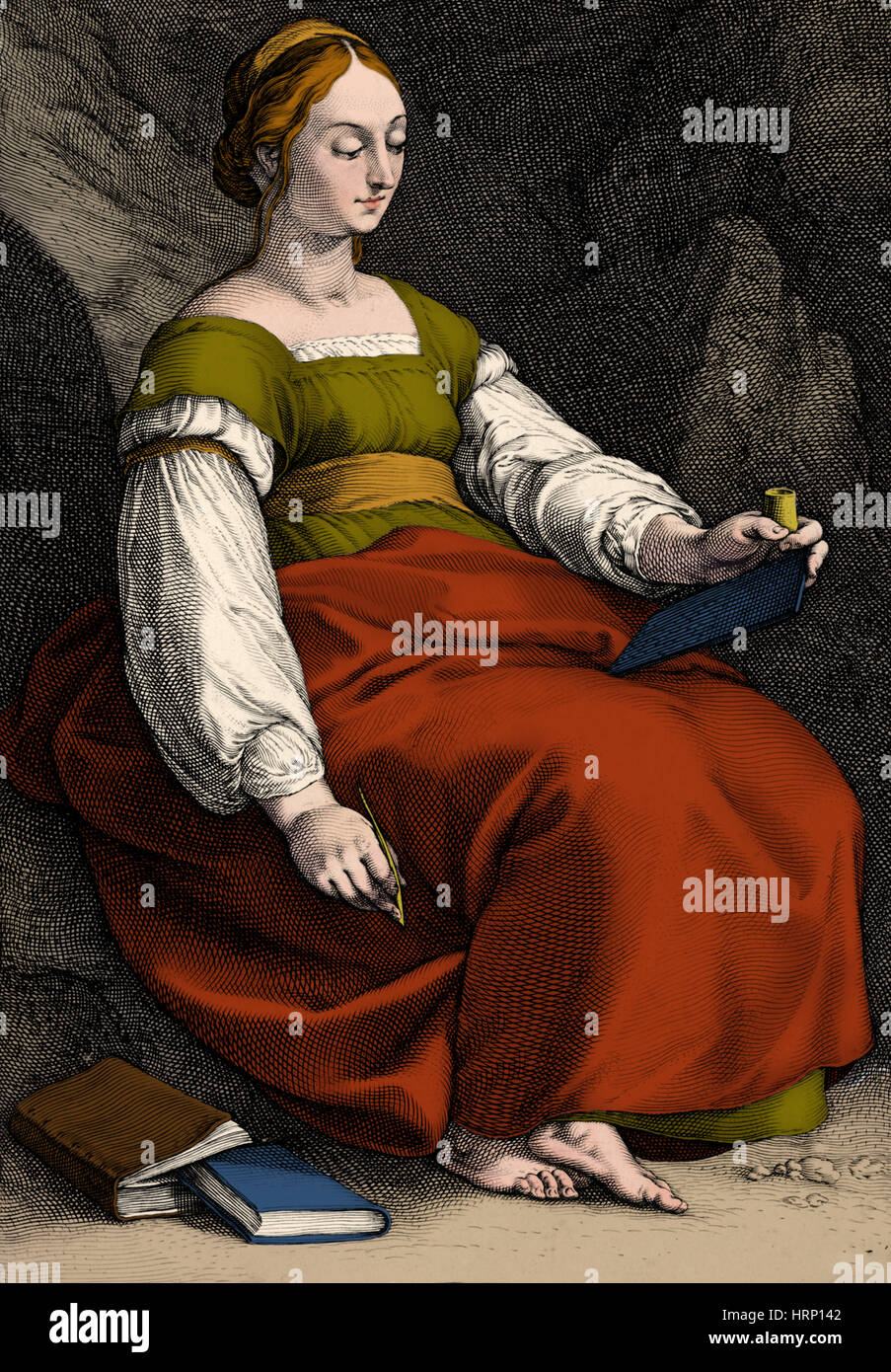

Although Clio wasn’t a muse of music or the lyre, she’s sometimes shown playing a lyre. In most depictions, she’s portrayed as a beautiful young woman with wings, just like her sisters.

In some representations, she’s seen with a water clock (known as a clepsydra) and a heroic trumpet. Being the Muse of history, she’s often depicted with a book, a set of tablets or an open parchment scroll.

By Pierre Mignard I, Public Domain Depictions and Symbols of ClioĬlio’s name was derived from the Greek work ‘Kleio’ which means ‘ to proclaim’ or ‘ to make famous’ and she was usually regarded as ‘ the proclaimer’. They were mostly found in the company of Apollo, the god of the sun who had been their tutor as they grew up and whom the Muses held in high regard. Each of them had their own domain in the arts and sciences.Ĭlio spent much of her time on Mount Olympus with her sisters, since they provided their services to the gods. Clio’s siblings included Euterpe, Thalia, Terpsichore, Erato, Melpomene, Polyhymnia, Calliope and Urania. The daughters were known as the Younger Muses, to distinguish them from an earlier set of Muses in Greek mythology. Mnemosye gave birth to nine daughters, one each night for nine nights in a row. According to the ancient sources, Zeus visited Mnemosyne for nine nights in a row and consummated each of those nights after which Mnemosyne became pregnant. Clio was born along with eight other siblings to Zeus, the god of thunder, and Mnemosyne, the Titan goddess of memory.


 0 kommentar(er)
0 kommentar(er)
